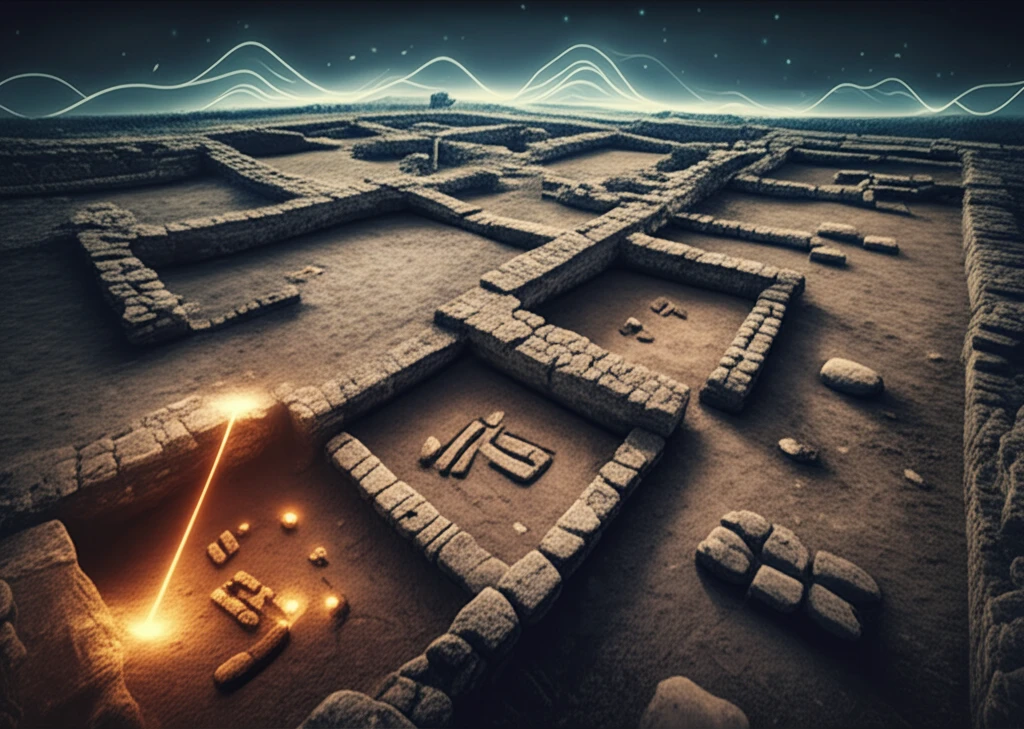
Unearthing the Past: How Geoprospecting is Rewriting Roman History at Aquinum
"Dive into the cutting-edge techniques archaeologists are using to uncover the secrets of the ancient Roman city of Aquinum, revealing its hidden stories beneath the surface."
Archaeological digs have always been a blend of careful excavation and educated guesswork. But what if we could 'see' beneath the surface without disturbing the precious layers of history? That's the promise of geoprospecting, a suite of technologies that are changing the way we explore the past. Among these, Ground Penetrating Radar (GPR) stands out as a particularly powerful tool, allowing archaeologists to map buried structures and features in incredible detail.
One site where GPR is making a significant impact is Aquinum, an ancient Roman city located in central Italy. For years, archaeologists have been painstakingly uncovering Aquinum's secrets, but GPR technology is now helping them to accelerate the process, revealing hidden structures and guiding future excavations with unprecedented accuracy.
Imagine being able to walk across a field and, with the aid of a radar scan, visualize the layout of a Roman bathhouse or the foundations of a forgotten temple. This is not science fiction; it's the reality of modern archaeological research, and it's transforming our understanding of the Roman world.
GPR: A Window into the Ancient World

Ground Penetrating Radar works by sending radio waves into the ground and analyzing the signals that bounce back. Different materials and structures reflect these waves in unique ways, allowing archaeologists to create detailed subsurface maps. It’s like giving the earth an ultrasound, revealing what lies hidden beneath the surface without the need for extensive digging. The surveys conducted in the Roman archaeological site of Aquinum used a RIS-HI mode GPR system equipped with a double antenna with central frequencies at 200 and 600 MHz.
- Non-destructive: It allows researchers to investigate sites without disturbing them.
- Efficient: Large areas can be surveyed relatively quickly.
- Detailed: High-resolution data can reveal subtle features that would be missed by traditional methods.
- Cost-effective: GPR can reduce the need for extensive excavation, saving time and resources.
Aquinum: A City Re-emerging
The use of GPR at Aquinum is not just about uncovering the past; it's also about preserving it for the future. By providing detailed maps of buried structures, GPR helps archaeologists make informed decisions about where to excavate, minimizing damage to the site and maximizing the potential for new discoveries. As technology advances, we can expect even more sophisticated methods of geoprospecting to emerge, further transforming our understanding of the ancient world. The story of Aquinum is a testament to the power of these technologies and the exciting possibilities they hold for future archaeological research.
